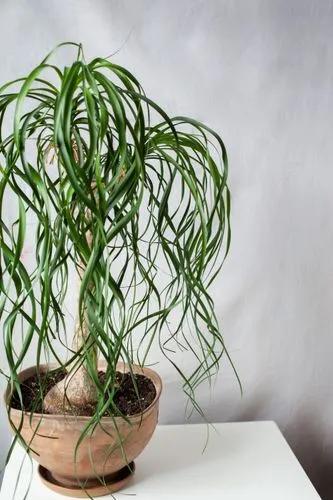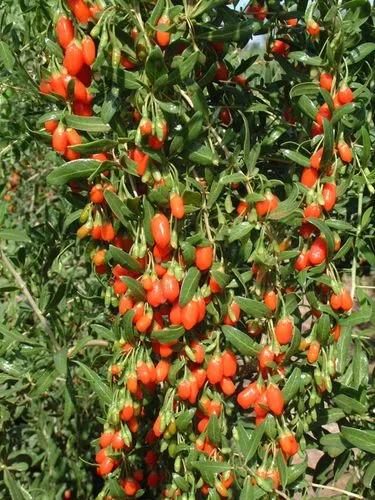Pinus brutia (or Turkish pine) is a pine native to the eastern Mediterranean region. The bulk of its range is in Turkey, but it also extends to southeasternmost Bulgaria, the East Aegean Islands of Aegean Sea, Crete, the Crimea, Iran, Georgia, Azerbaijan, northern Iraq, western Syria, Israel, north-west Jordan, Lebanon, and Cyprus. It generally occurs at low altitudes, mostly from sea level to 600 metres (2,000 ft), up to 1,200 metres (3,900 ft) in the south of its range.
Turkish pine is also known by several other common names: Calabrian pine (from a naturalised population of the pine in Calabria in southern Italy, from where the pine was first botanically described), East Mediterranean pine and Brutia pine.










